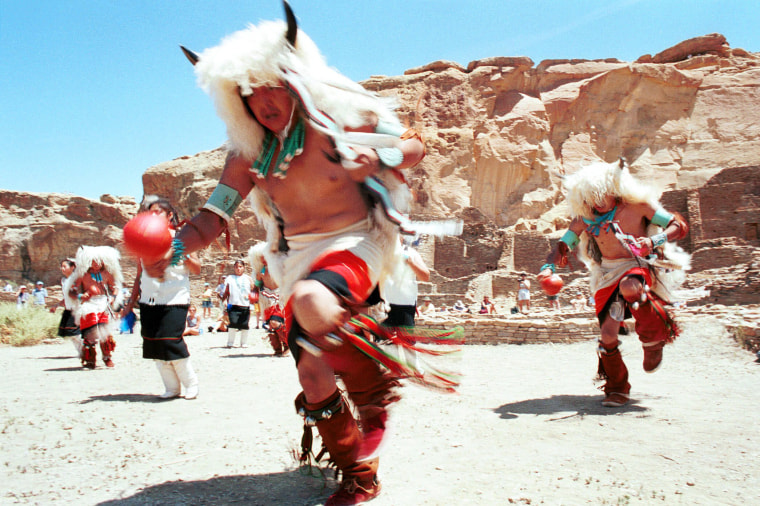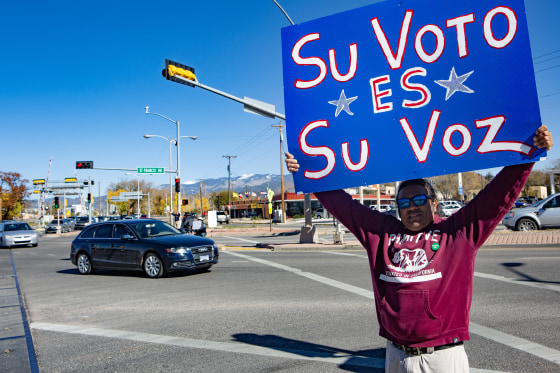SANTA FE — New Mexico has retained its title as the nation’s most heavily Hispanic state, with 47.7 percent of respondents to the 2020 census identifying ancestry linked to Latin America and other Spanish-speaking areas.
The Census Bureau on Thursday released new demographic details culled from the census.
California and Texas were close runners up, with about 39 percent of residents claiming Latino or Hispanic heritage. Nearly 31 percent of Arizona residents describe themselves as Hispanic.
In New Mexico, Latino pride runs deep within a region of the U.S. where Spanish conquerors arrived in the late 1500s and Mexico governed for decades during the 19th century.
The new numbers on ethnicity and race have implications for the political redistricting process as states redraw congressional and legislative districts later this year with an eye toward preserving communities of common interest. The Voting Rights Act of 1965 prohibits plans that intentionally or inadvertently discriminate on the basis of race by diluting the minority vote.
The share of New Mexico resident who identify themselves as Indigenous by race or by combined ancestry was 12.4 percent. Alaska was the most predominantly Native American state, followed by Oklahoma and then New Mexico.

An earlier set of data released in April showed New Mexico’s population grew by 2.8 percent over the past decade, making it one of the slowest growing states in the U.S. West, adding about 58,000 residents to a population over just over 2.1 million.
In the West, only Wyoming had a slower growth rate. The U.S. had 331 million residents last year, a 7.4% increase from 2010.
New Mexico has convened a Citizen Redistricting Committee led by former state Supreme Court Justice Edward Chávez.
The committee is holding public input meetings across the state as it drafts proposed district maps. Those will be delivered to the Legislature, which meets later this year to send a redistricting plan to Democratic Gov. Michelle Lujan Grisham for consideration.
Lawmakers adopt the recommendations or devise their own plan.
Follow NBC Latino on Facebook, Twitter and Instagram.

